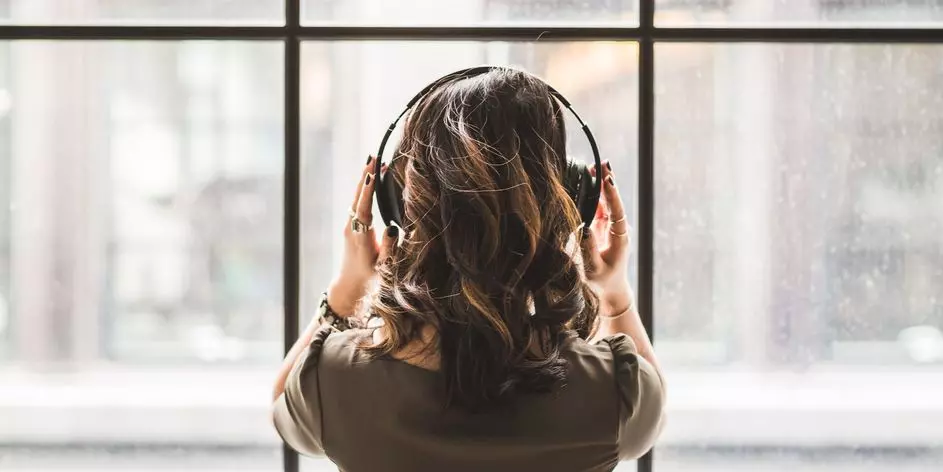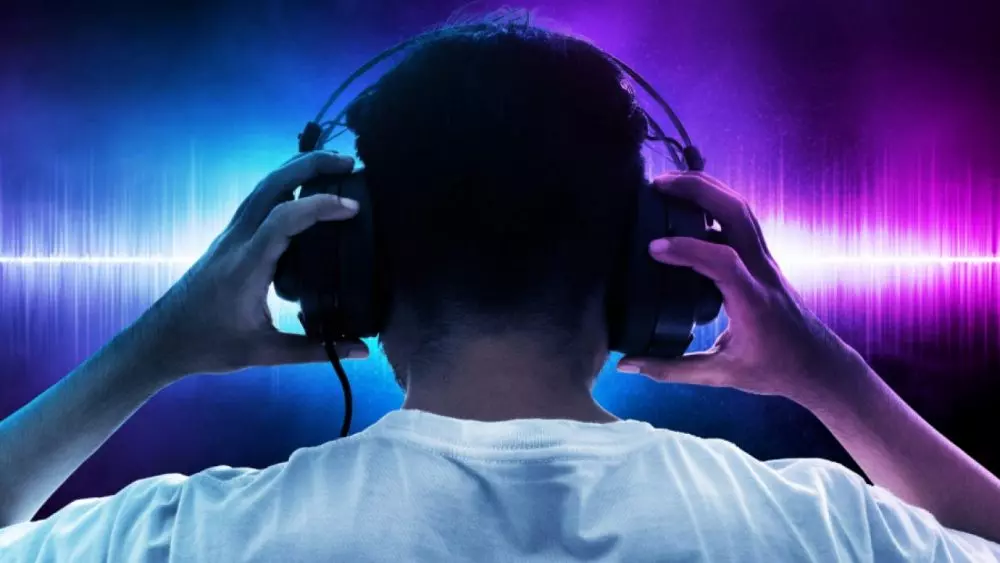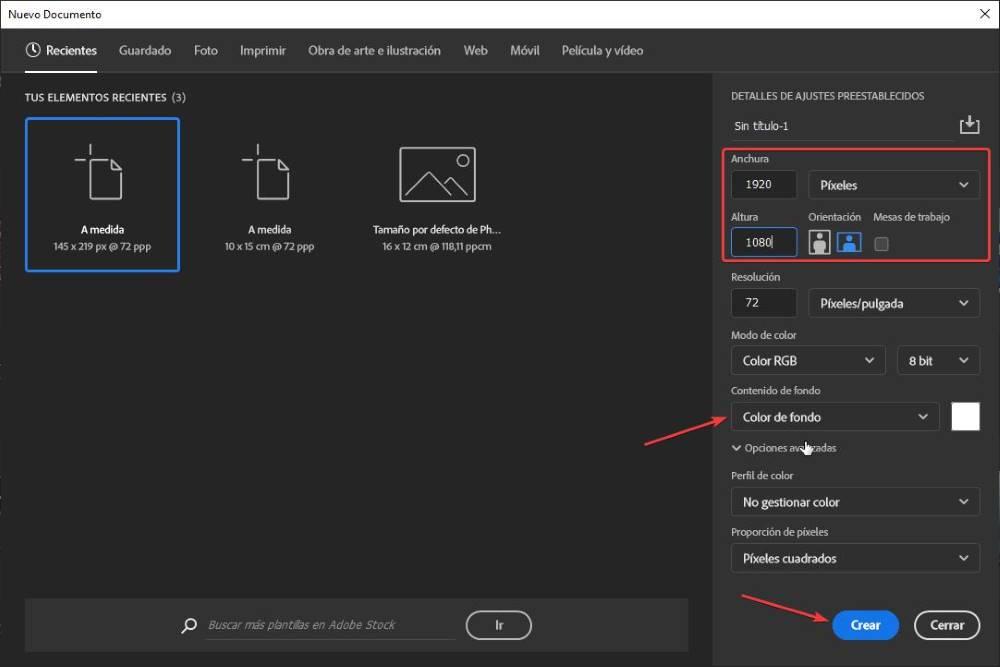
It is very likely that you have come across 8D music on YouTube, and even videos on this platform that urge you to use headphones for a better experience. When you listen to it, you feel like you are on a live program, that the music is moving around you or even passing through your head … strange, right? In this article we are going to tell you all the ins and outs of 8D Audio, and how they manage to recreate these sensations in our head.
What is 8D audio?
Audio 8D is a binaural effect added to sound through editing to ‘trick’ the human brain into making you feel like music is moving around you or coming from different corners of the room you are in.
A binaural effect is to create an auditory illusion in the brain that occurs when you hear two tones of slightly different frequencies at the same time. Listening to these frequencies makes you hear a third imaginary sound, creating the sensation that it is positioned everywhere or located in certain spaces.
Audio 8D uses the left and right speakers of the headphones to create a more immersive experience and gives the impression that music or sound is coming from different directions or even dimensions. This generally creates a more pleasant and enjoyable sensation for the listener. People who have listened to 8D music report that it makes them feel like they’re at a live concert, or that it feels like the music is coming from outside the headphones and moving through the ears.
With what we have told you so far, it is logical to say that 8D sound is reproduced better when using headphones, since the effect is lost when it is played through speakers. The 8D effect isolates the sound heard in each of the human’s two ears and relies on the left and right earphones to function.
How does 8D sound work?
As we mentioned just now, 8D Audio is an effect that tricks the brain into thinking that sound or music is coming from different directions. There is no method or way to recreate the effect of this type of sound, and many audio professionals have created personal 8D effects, all ultimately achieving the same goal.
Audio is first recorded in the traditional (monolithic) way and then effects are added in post-production. These effects are created by mixing the audio and combining equalization and panning techniques; EQ involves using an equalizer to adjust the audio frequencies to appear to be coming from different spaces in the spectrum from left to right between the two headphone speakers, making the audio appear to be moving from one ear to the other. and back, but all in your head.
To give the additional effect that the listener is at a live concert, a reverb and echo effect can be added to the audio, thus integrating two more dimensions to the sound. The audio is then filtered to appear to be bouncing from one ear to the other.
Additional Considerations for 8D Audio
As a result of the arrival of 8D Audio, there are a series of considerations or questions that have arisen in this regard, and although some seem completely absurd, you would be surprised to see the number of people who ask about them in the comments of the first 8D videos that are published on the online video platform YouTube, so we are going to try to answer each and every one of these questions so that the concept is completely clear.
The first question has to do with the creation process Audio 8D: How is it created? The answer is quite simple but complex at the same time, since in reality any audio engineer or person with high knowledge of sound engineering and mixing can do it, since as we have pointed out before all this is achieved through the post-production process. However, there are online tools that allow you to convert any audio track into 8D, with quite worthy results although they are far from a professional job of course.
Another question is whether the 8D audio is dangerous for health, since after all it is “fooling” the brain. No, these types of effects are not dangerous and have no adverse health effects. Like any other sound, however, listening to it at high volume and for long periods of time can hurt your ears, but as long as you listen to it at a reasonable volume there is nothing you should worry about.
Another question quite repeated in this regard is that what is the difference between the 4D, 8D, 16D and even 100D sound. The ‘D’ in these terms stands for dimensions, and as we said earlier there is no multiple dimension to music or sound, so these are just fancy terms to describe the effect. The higher the number that accompanies the D, the greater the degree of alteration in the audio, and the difference lies in the technique used to create the sound as its complexity increases.
Finally, some music critics are beginning to point out if Audio 8D is the future of music, and if soon all record companies will use it “almost” by forcing users to listen to music with headphones. Despite the fact that this type of sound has been around for quite some time, it is true that today it is gaining quite a lot of popularity especially on YouTube, and in fact many popular songs have been converted to this “format” and the listeners keep going up and up. We cannot predict if it will be the future of music, but it certainly looks like you’ve seen its popularity grow.





